Title: Unlocking the Reflections: A Guide to Dental Mirrors
In the world of dentistry, precision is paramount. Dental mirrors, often considered simple tools, play a crucial role in ensuring that every tooth is examined thoroughly and each procedure is executed with precision. In this article, we will delve into the design, usage, types, and proper handling and care instructions of dental mirrors.
Design and Structure
Dental mirrors are composed of three main parts: the handle, the shank, and the mirror head. The handle offers a comfortable grip for the dentist or dental hygienist, while the shank connects the handle to the mirror head. The mirror head is where the magic happens—it’s typically a small, round, reflective surface made of high-quality glass or metal, allowing dentists to visualize the oral cavity with precision.
Usage of Dental Mirrors
Dental mirrors serve several essential functions in dental procedures:
- Visibility Enhancement: Dental mirrors provide a clear line of sight into the oral cavity, enabling practitioners to examine hard-to-reach areas and assess tooth surfaces effectively.
- Illumination: By reflecting light onto specific areas, mirrors ensure optimal visibility during treatments and examinations.
- Retraction: Dental mirrors can be used to gently push aside soft tissues like the tongue or cheeks, allowing a better view of the teeth.
Types of Dental Mirrors
Dental mirrors come in various shapes and sizes to accommodate different procedures and patient needs:
- Front-Surface Mirrors: These mirrors have a reflective coating on the front surface, reducing image distortion and providing clear, precise reflections.
- Concave Mirrors: Used primarily for indirect vision, concave mirrors help dentists see around corners and reach hidden areas.
- Disposable Mirrors: These single-use mirrors offer a sterile option for infection control, commonly used in dental surgery and certain diagnostic procedures.
Handling and Care Instructions
To ensure the longevity and effectiveness of dental mirrors, proper handling and care are essential:
- Cleaning: After each use, dental mirrors should be cleaned with a non-abrasive, non-corrosive solution to remove debris and stains. Avoid harsh chemicals that may damage the reflective surface.
- Sterilization: Dental mirrors must be sterilized before each use to prevent cross-contamination. Autoclaving or chemical sterilization methods are common practices.
- Avoiding Damage: Handle dental mirrors with care, as they can be fragile. Prevent dropping or mishandling to maintain their reflective properties.
- Regular Inspection: Periodically inspect mirrors for any signs of wear, scratches, or loss of reflectivity. Damaged mirrors should be replaced promptly.
In conclusion, dental mirrors are essential tools in the dental profession, enabling practitioners to perform procedures with precision and accuracy. Understanding their design, usage, types, and proper handling and care instructions is vital to maintaining high standards of patient care and safety.


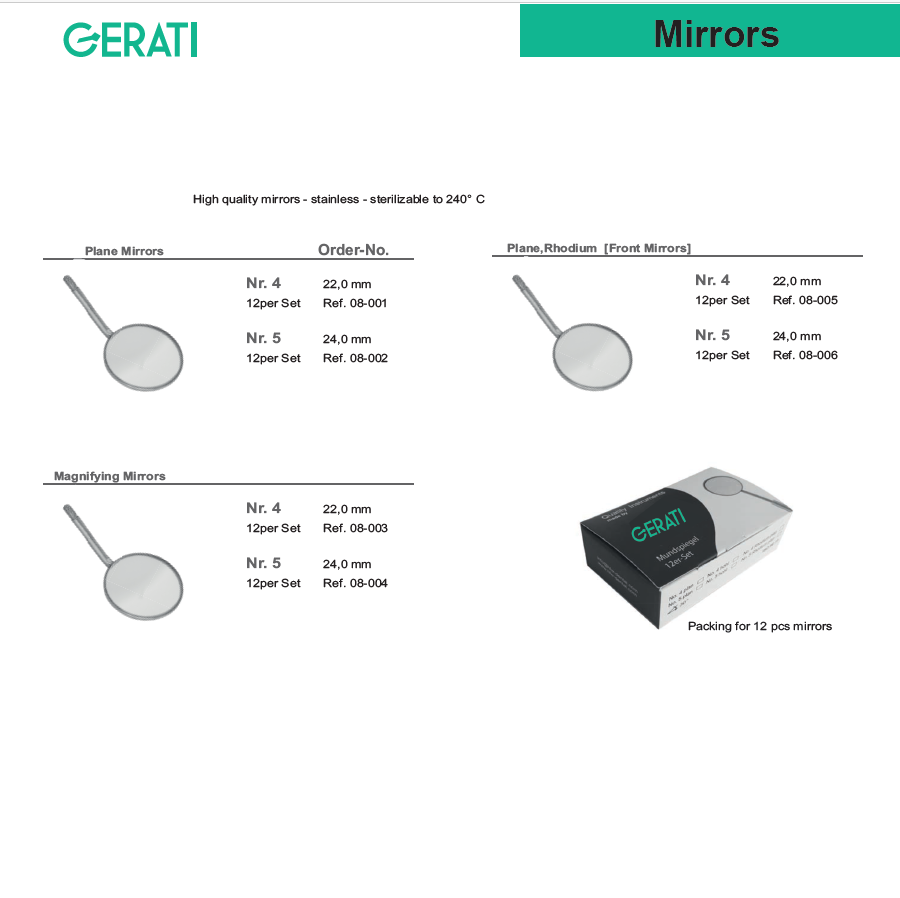
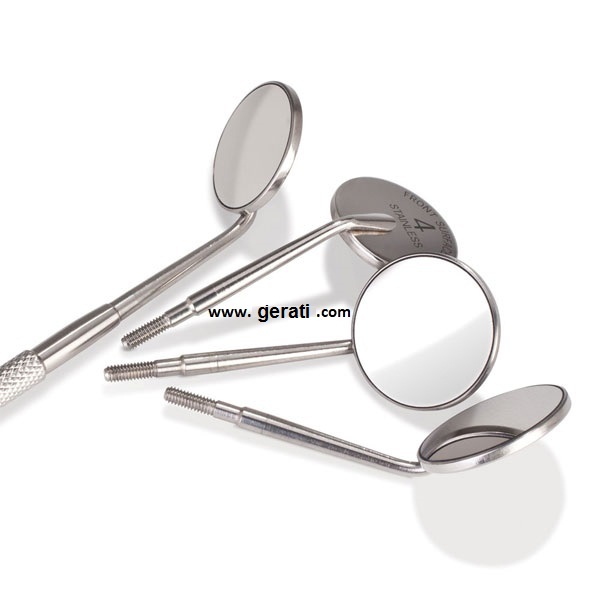
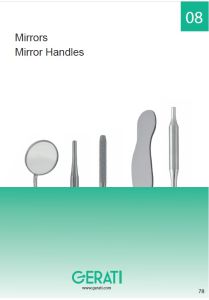
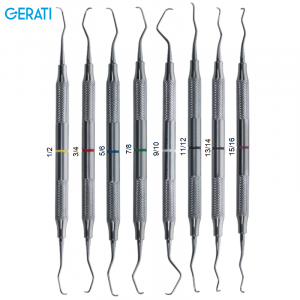
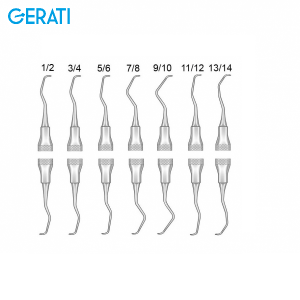
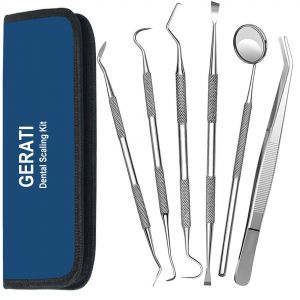
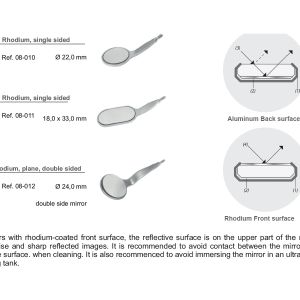
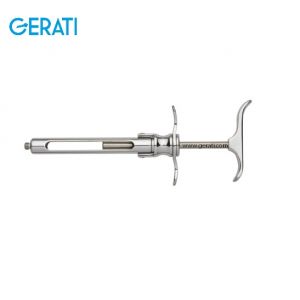
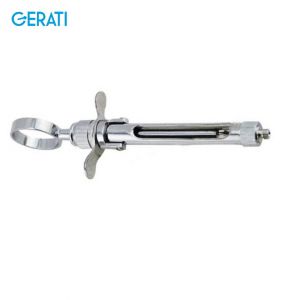
Reviews
There are no reviews yet.